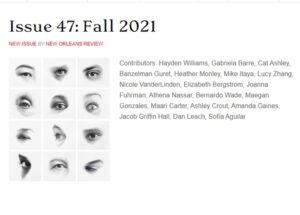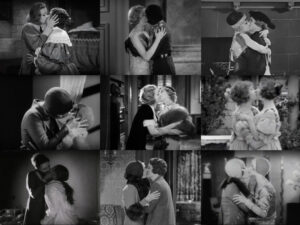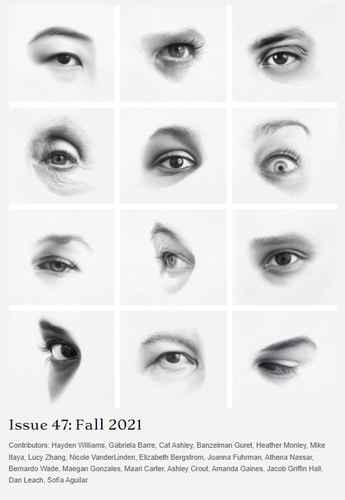New Orleans Review – 2011
Volume 37 Number 1
2011
Biannual
John Baum
I’ve always viewed the New Orleans Review as one of the silverbacks of the modern literary journal scene. Despite the obvious setbacks in dealing with Hurricane Katrina’s aftermath, it still surges ahead as one of the leading reviews with a promise of great work by great writers—those well-known, and those not. Some have said it is better than ever. This current issue does not disappoint, especially with Jacob M. Appel’s story “Prisoners of the Multiverse,” winner of the 2011 Walker Percy Fiction Contest. Not wanting to ruin the story for future readers, I will quote Nancy Lemann, judge for this year’s prize, in her introduction to the piece: Appel’s story “preserves the mystery” of a thing of beauty and delivers “what I seek in literature: inspiration, hope, and possibility.”
I’ve always viewed the New Orleans Review as one of the silverbacks of the modern literary journal scene. Despite the obvious setbacks in dealing with Hurricane Katrina’s aftermath, it still surges ahead as one of the leading reviews with a promise of great work by great writers—those well-known, and those not. Some have said it is better than ever. This current issue does not disappoint, especially with Jacob M. Appel’s story “Prisoners of the Multiverse,” winner of the 2011 Walker Percy Fiction Contest. Not wanting to ruin the story for future readers, I will quote Nancy Lemann, judge for this year’s prize, in her introduction to the piece: Appel’s story “preserves the mystery” of a thing of beauty and delivers “what I seek in literature: inspiration, hope, and possibility.”
I must also mention Austin Wilson’s “War Story,” runner-up for the aforementioned prize. This piece offers a completely different aesthetic and tone, but delivers the same level of beauty and power, through the landscape of a narrator’s childhood in which he was the only child to a father wounded in World War II and a mother who helps pay the bills by teaching ballroom dancing. These two pieces are but an example of the strong writing to be found in this issue.
Samantha Cohen’s ruminations on “The Fig” are a brilliant example of nature writing with a not-so-subtle view on humanity—and a wonderful way to open the issue.
The poetry offerings are as different in aesthetic and structure as any I’ve seen in a journal. We are given Nikhil Bilwakesh’s poem “Disserting Ellen,” a piece whose center of gravity revolves around the refrain of a haunting line taken from Emerson’s journals; meanwhile, Joshua Edwards’ ”Enlistment” and “Last Day of the Year” are simple in structure, but rife with depth.
The poetry feature in this issue is on Srikanth Reddy. His work is mesmerizing—and like other poems in this volume, the experimental structure of his pieces stand out and help the lines move.
Barbara Brainard’s drawings comprise the art feature, offering a variety of black and white drawings of New Orleans homes, punctuated by sky and power lines. The drawings are void of people and cars, which gives them a tone of isolation, the power of which is increased by the knowledge of the city’s struggles as of late.
Overall, the New Orleans Review gathers twenty-six writers whose work includes fiction, nonfiction, poetry, book reviews, and even a review of the HBO show Treme, a must-read for anyone interested in the evolution of both the city and the show. This journal, a product of Loyola University, deserves your attention.
[neworleansreview.org/]




